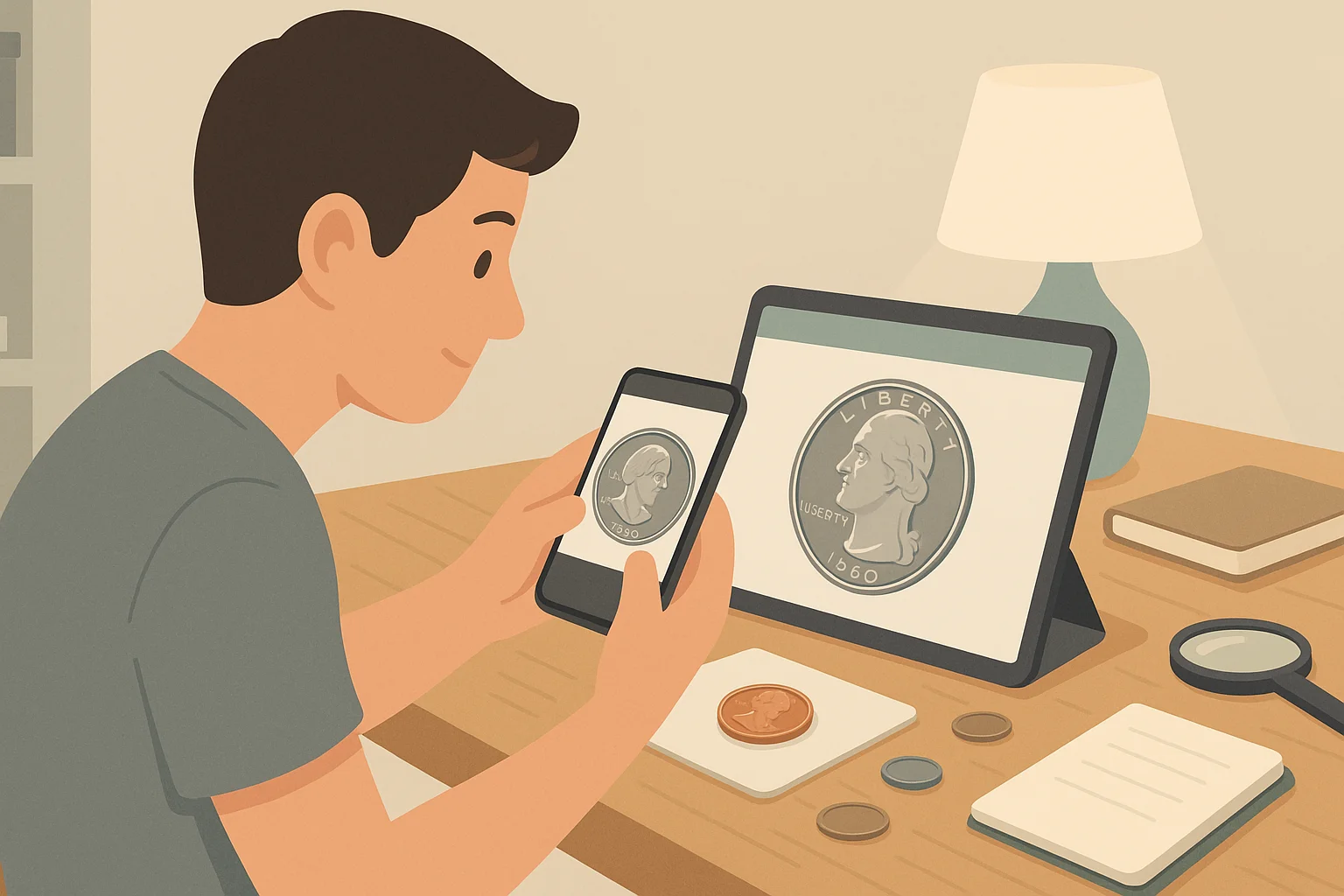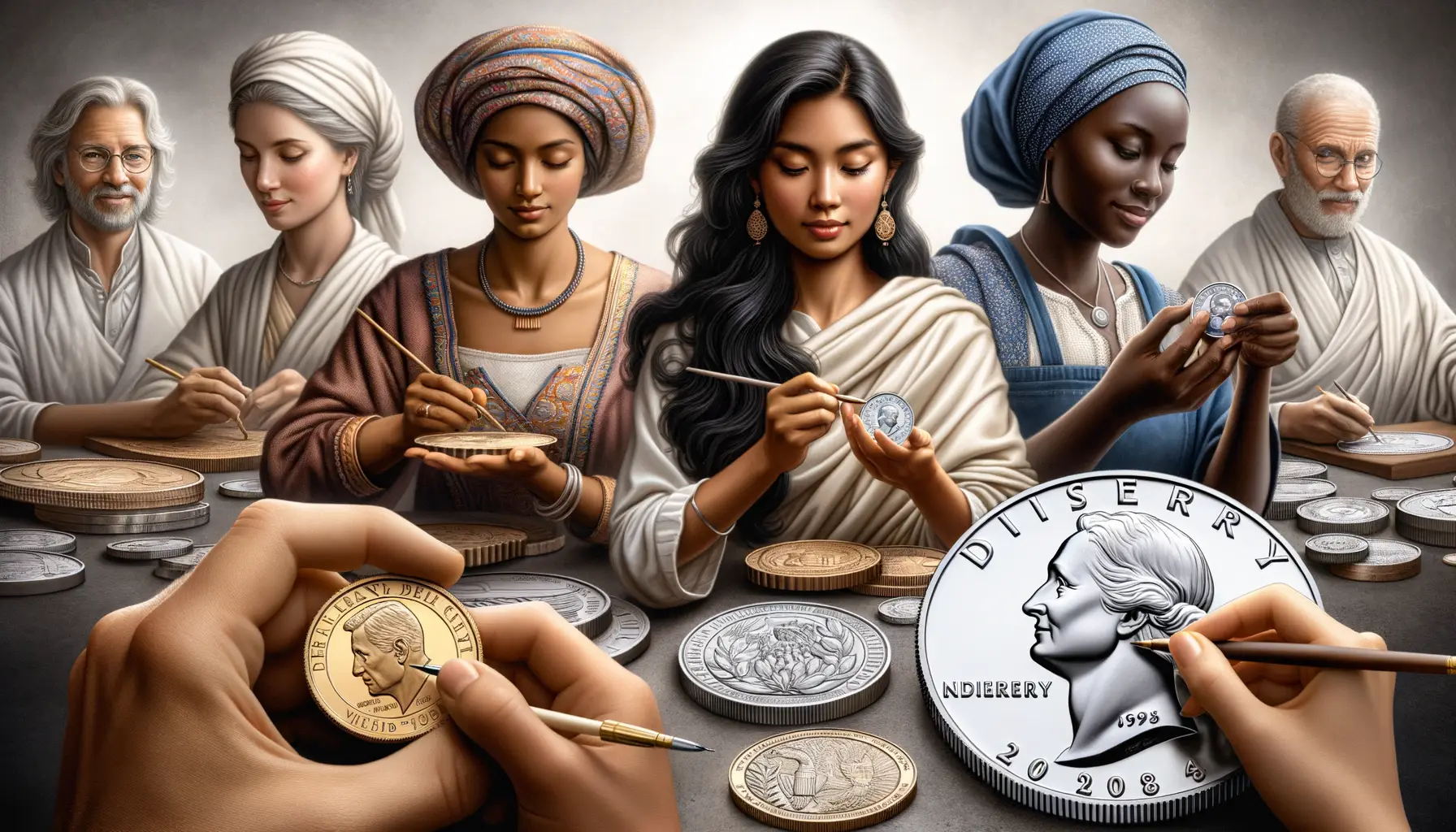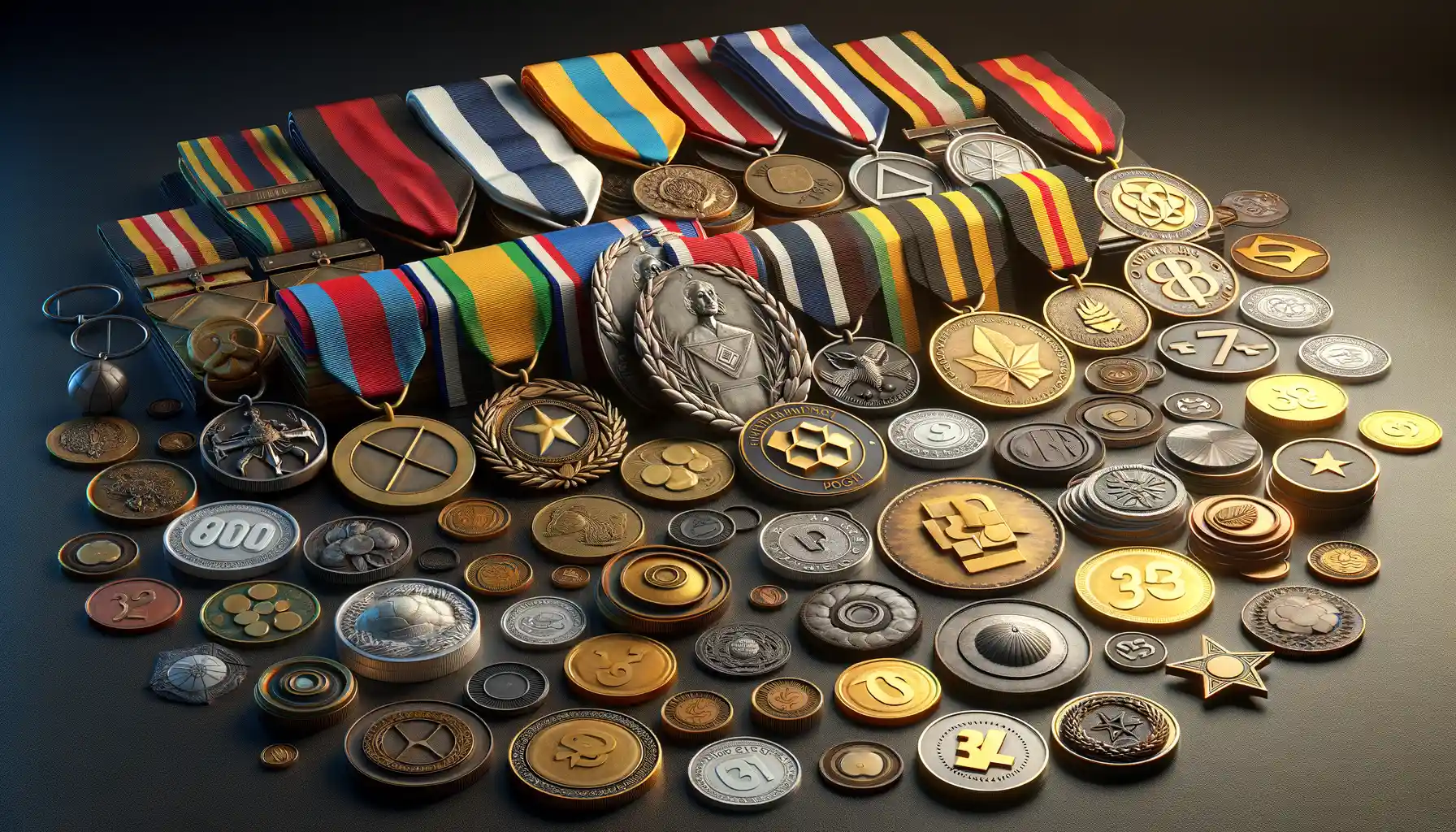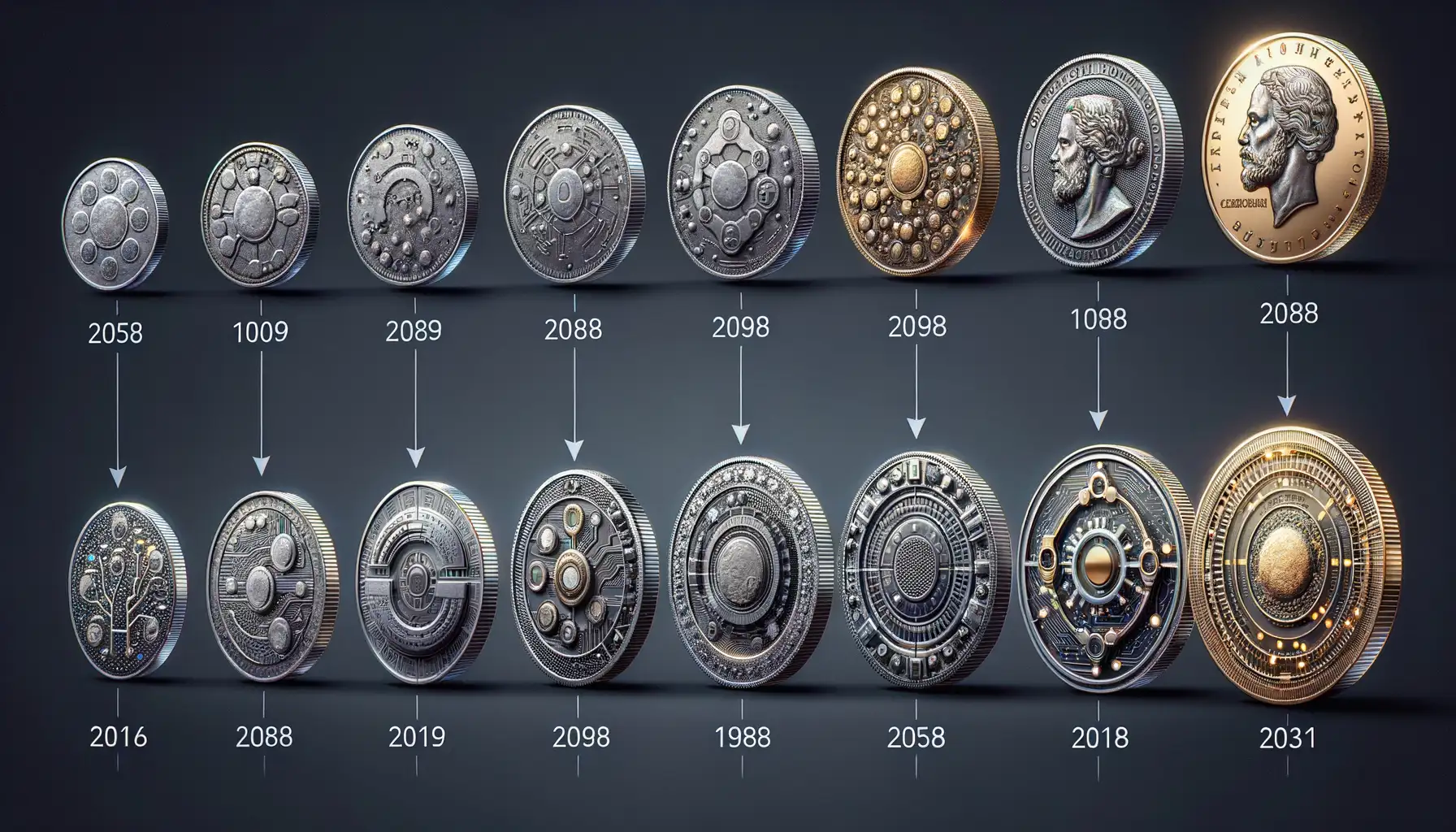For most people, the Lincoln cent is just small change — a coin so common it often goes unnoticed. Yet, within modern U.S. pennies hides a world of overlooked treasures like the 1960 penny value and fascinating minting history. From subtle date variations to dramatic doubled dies, certain issues have become unexpected treasures, turning pocket finds into collectibles worth hundreds or even thousands of dollars.

Alt: A group of collectors gathered at the table taking notes about wheat pennies.
1960 Penny: Small Date, Large Date, and Notable Errors
The 1960 Lincoln cent is one of the most studied modern pennies due to its multiple date and mint mark varieties. That year, the U.S. Mint produced two distinct obverse types — the Small Date and Large Date — which differ in numeral height and spacing. The easiest way to distinguish them is by looking at the “0” in “1960”:
- On the Small Date, the “0” sits higher and is more rounded.
- On the Large Date, the “0” aligns more evenly with the “6.”
These subtle differences create an engaging challenge for collectors, especially since both types exist in large and small mintmark versions. The Denver Mint (D) is particularly known for its repunched mint mark (RPM) errors, most famously the 1960-D Small Over Large D (D/D) variety — one of the standout modern penny errors of the 20th century.
Estimated Values of 1960 Lincoln Pennies
| Variety | Typical Value (Circulated) | High-Grade Value (MS65+) | Notable Error Range |
| 1960 Small Date | $1–$5 | $25–$75 | Up to $200+ for proofs |
| 1960 Large Date | $1–$3 | $20–$60 | Moderate premiums |
| 1960-D RPM (D/D) | $10–$50 | $200–$1,000+ | Rare high-grade demand |
Key Error Types to Watch
The 1960 issue offers a playground of errors for sharp-eyed hobbyists:
- Repunched Mint Marks (RPM): Visible doubling of the “D” mint mark, most common and collectible.
- Doubled Die Obverse: Lettering shows visible doubling on “LIBERTY” and “IN GOD WE TRUST.”
- Die Chips and Cracks: Small raised bumps or lines due to die fatigue, adding character and interest.
Though many of these coins still trade for modest amounts, high-grade or perfectly preserved examples remain in high demand. For a coin minted in vast numbers, finding exceptional specimens has become a satisfying challenge for modern collectors.
Other Notable Penny Issues to Watch
While the 1960 Lincoln cent takes center stage for its dramatic variety and mintmark intrigue, several other modern pennies have earned legendary status among collectors.
1. 1959 Lincoln Memorial Penny
The 1959 penny marks a turning point in U.S. coin design. It was the first year the Lincoln Memorial reverse replaced the wheat ears design used since 1909. Though billions were produced, this inaugural issue remains desirable for its historical importance.
High-grade examples and proofs from 1959—especially those with strong strike and vivid red luster—can bring solid returns. A few rare doubled die and off-center varieties also exist, pushing values into the hundreds.
Estimated Value Range:
- Circulated: $0.10–$1
- Mint State (MS65+): $50–$150
- Proofs and special strikes: Up to $300+
2. 1969-S Doubled Die Obverse
One of the most famous modern penny errors ever discovered, the 1969-S doubled die remains a dream find for collectors. This coin shows strong doubling on the obverse inscriptions, particularly on “LIBERTY” and “IN GOD WE TRUST.”
Only a handful of confirmed examples exist. Because of its rarity and sharp doubling, this penny can sell for tens of thousands of dollars at auction. It’s a textbook example of how a small detail can lead to massive value.
Estimated Value Range:
- Circulated: $10,000+
- Uncirculated: $30,000–$75,000+
3. 1972 Doubled Die Penny
The 1972 doubled die obverse is one of the most easily recognized error coins of the 20th century. The doubling appears clearly on the words “LIBERTY,” “IN GOD WE TRUST,” and the date itself.
While over a dozen minor doubled die varieties exist for 1972, the strongest version (Die 1) is the most sought after. Well-preserved specimens are consistently in demand, commanding strong market premiums.
Estimated Value Range:
- Circulated: $50–$150
- MS65 Red (RD): $600–$1,200+
4. 1983 Doubled Die Reverse
This variety flipped the traditional error narrative — the doubling occurs on the reverse, most noticeably on “UNITED STATES OF AMERICA” and “ONE CENT.”
Discovered decades after mintage, the 1983 doubled die reverse has become a staple of modern error collecting. It also stands out because it’s a zinc-based penny, minted after the 1982 metal composition change.
Estimated Value Range:
- Circulated: $75–$150
- High grade (MS65+): $300–$800
5. 1984 Doubled Die Obverse
The 1984 penny is another modern standout, featuring noticeable doubling on Lincoln’s ear — a distinctive “extra ear” appearance that makes it easy to identify without specialized tools.
Because many examples circulated heavily before being noticed, uncirculated coins are rare and valuable. Collectors often seek sharp, unblemished examples with full red luster.
Estimated Value Range:
- Circulated: $10–$25
- Mint State (MS65 RD): $200–$500
6. 1992 Close AM Reverse
Among the most subtle but valuable modern errors is the 1992 Close AM penny. On this rare variety, the letters “A” and “M” in “AMERICA” are closer together than normal — a small detail caused by a reverse die intended for proof coins mistakenly used on business strikes.
Few examples have surfaced, but those found in high grades have shocked collectors and auction houses alike.
Estimated Value Range:
- Circulated: $500–$2,000
- Mint State (MS65+): $10,000–$20,000+
7. 2005 Doubled Die Penny
Though newer, the 2005 doubled die penny remains a noteworthy find for enthusiasts. Doubling typically appears on “LIBERTY” and “IN GOD WE TRUST,” though it’s more subtle than earlier errors. The appeal lies in its scarcity and the continuation of the doubled-die legacy into the 21st century.
Estimated Value Range:
- Circulated: $10–$30
- Mint State (MS65 RD): $100–$250

Alt: A young collector compares different pennies during a research.
How to Evaluate, Authenticate, and Manage Your Modern Pennies
Modern Lincoln cents may seem ordinary at first glance, but with the right knowledge and tools, you can turn small discoveries into meaningful collector finds. From basic inspection to digital authentication, evaluating pennies like the 1960 and other notable varieties requires patience, precision, and the ability to recognize the details that separate common coins from valuable ones.
Step 1: Begin with Careful Visual Inspection
Start by cleaning your workspace, ensuring good lighting, and using a soft surface to protect the coins. Never polish or clean them — this damages the surface and lowers collector value.
Use a 10x magnifying glass or jeweler’s loupe to examine:
- Date and mint mark placement – Essential for identifying varieties like the 1960 Small Date vs. Large Date or repunched mint marks.
- Lettering details – Check “LIBERTY” and “IN GOD WE TRUST” for doubling or distortions.
- Reverse inscriptions – Look for design spacing differences (such as the Close AM in 1992 or the doubled reverse of 1983).
- Color and luster – Original “Red” (RD) copper tones command the highest premiums. “Brown” (BN) or “Red-Brown” (RB) coins are still collectible but valued less.
Step 2: Understand the Role of Condition and Grading
Coin grading defines value — and even small upgrades can mean dramatic price differences. The Sheldon Scale (1–70) remains the standard used by major grading services.
| Grade | Description | Typical Market Value Impact |
| Fine (F12) | Moderate wear, clear details | Slight premium over face |
| Extremely Fine (XF40) | Light wear, full design visible | 2–3× base value |
| Mint State (MS60–MS65) | Uncirculated with minor marks | $50–$500+ depending on variety |
| Proof / MS67+ | Exceptional strike and shine | Can exceed thousands |
Step 3: Identify Varieties and Errors Confidently
Varieties are what make modern pennies exciting. Many errors occur because of slight die shifts, repunching, or misaligned striking. Keep a reference list handy to recognize them quickly:
- Doubled Dies: Letters or numbers appear duplicated, such as the 1972 or 1983 issues.
- Repunched Mint Marks (RPM): The 1960-D D/D variety is a textbook example.
- Die Cracks and Chips: Raised lines or bumps, often minor but collectible.
- Design Variations: Subtle differences in letter spacing or font shape, like the 1992 Close AM.
Checking multiple reference images online helps ensure you’re identifying genuine mint errors, not damage from circulation.
Step 4: Use the Coin ID Scanner App for Digital Verification
For accurate and fast results, technology can simplify evaluation. The Coin ID Scanner app, available on Android and iOS, has become an essential tool for modern coin collectors.
App highlights include:
- Photo recognition: Take or upload images to instantly identify your coin’s type, mint, and potential variety.
- Detailed specifications: See exact data on mint year, composition, weight, edge, and current market value.
- Digital collection tracking: Build and manage your personal catalog with images, grades, and notes.
- Smart filters: Search by mint mark, year, or rarity with ease.
- AI Coin Helper: Offers professional-level assistance in identifying complex doubled dies or RPMs.
- Global coin database: Over 187,000 verified coin entries for reliable comparison.
Step 5: Preserve and Store Your Coins Properly
Once identified, your coins need protection to maintain their condition and value:
- Use airtight holders or archival flips to prevent oxidation.
- Avoid PVC-based plastics that can damage copper over time.
- Store in a cool, dry location, away from sunlight and humidity.
- Label each coin with year, mint mark, and variety for easy reference.
Well-preserved modern pennies often appreciate in value, especially rare error types that grow scarcer as pristine examples disappear.
From Spare Change to Smart Investment
The 1960 penny and its six modern counterparts demonstrate that even the smallest coins can carry unexpected worth. Each issue — from the 1969-S doubled die to the 1992 Close AM — proves that attention to detail and curiosity are the collector’s greatest tools.




